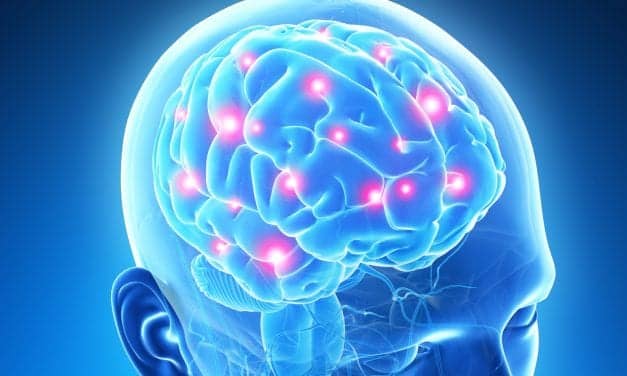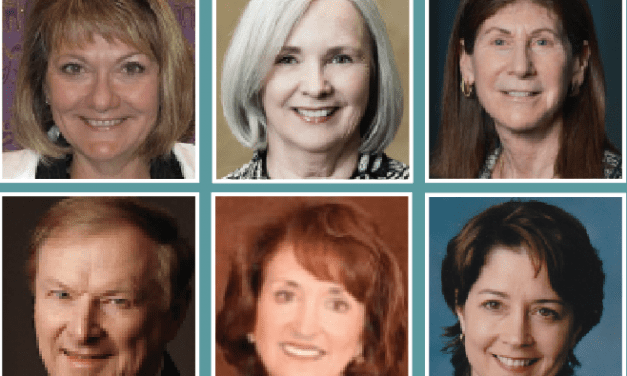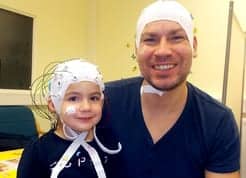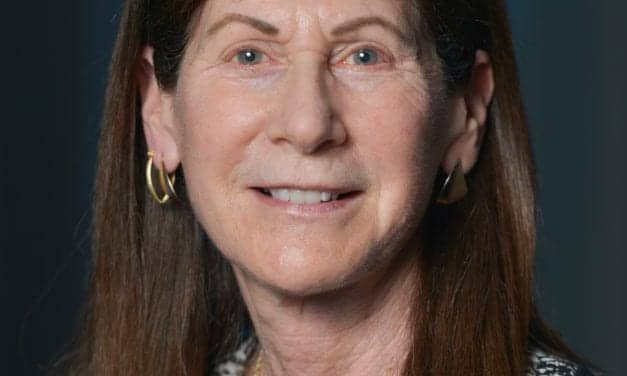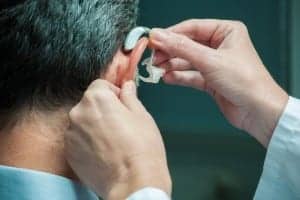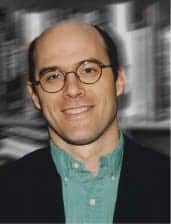Intraoperative Neurophysiological Monitoring: An Interview with Paul R. Kileny, PhD
Paul R. Kileny, PhD, professor of Otolaryngology and director of Audiology and Electrophysiology at the University of Michigan, talks with Douglas Beck, AuD, about the area of intraoperative neurophysiological monitoring, shares some “war stories” from the operating room, and provides information about his new book, “The Audiologist’s Handbook of Intraoperative Neurophysiological Monitoring.”
Read More




